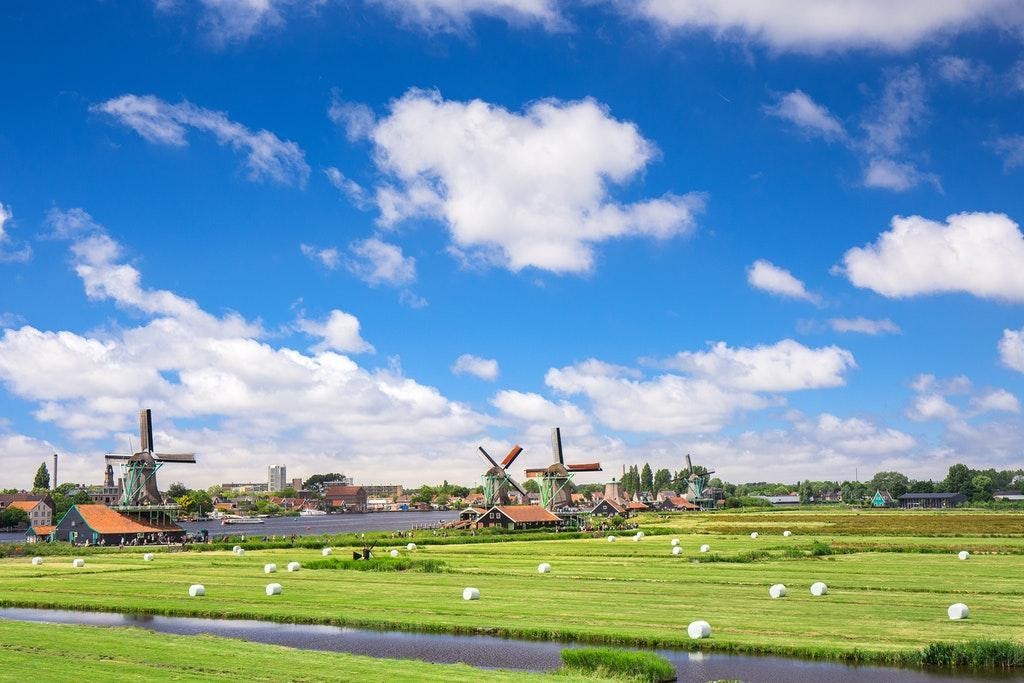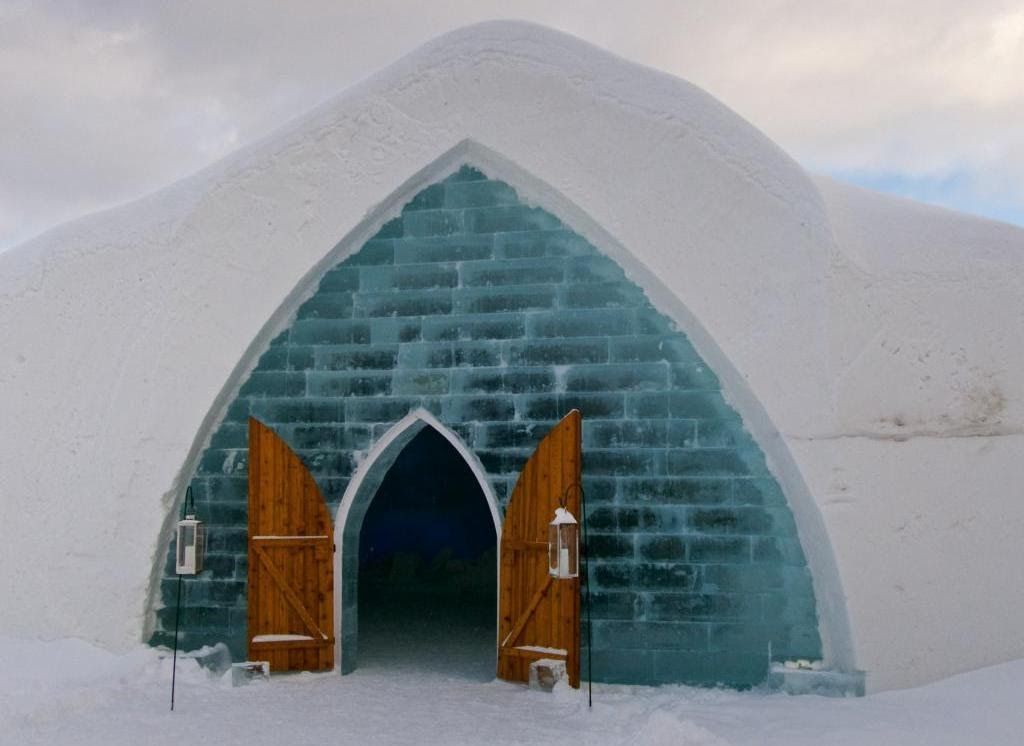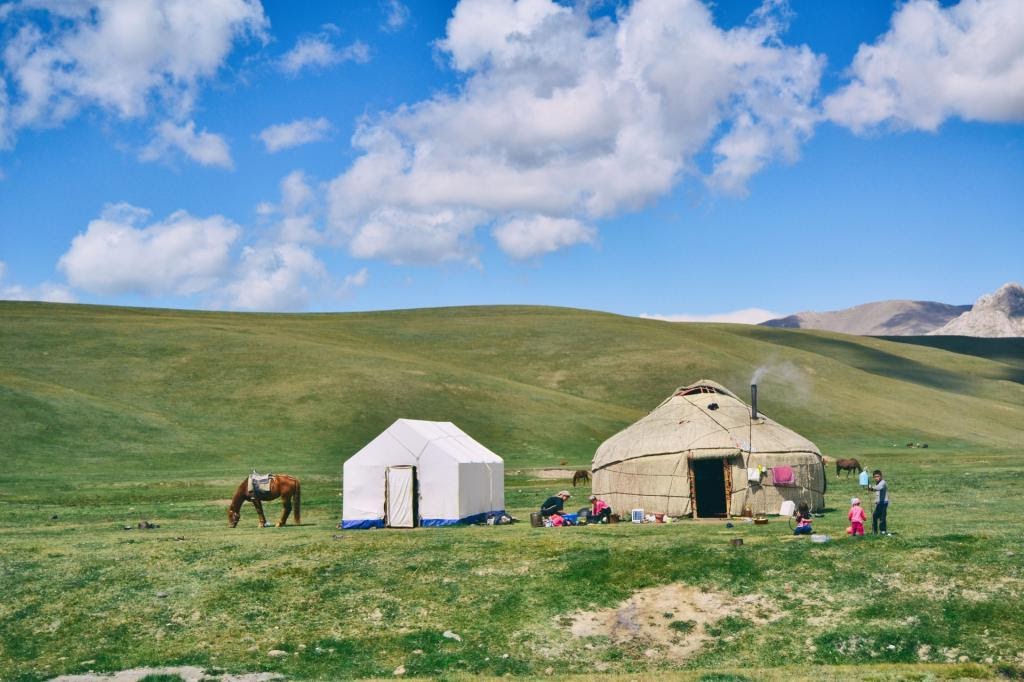Interesting Living Solutions Around the World
By Nina Simons

Every culture has its traditions and customs developed through history, and housing is one of them. While houses and flats around the world may differ, they all have the same purpose, to serve as a home. For some, it's as simple as a boat at the marina, but for others, it can be a luxurious mansion. Regardless if you plan on moving to another country, or are just curious, here are some of the most interesting living solutions across the globe.
Some types of living solutions have been used for centuries, like cave homes in Tunisia. This type of home is carved into the sandstone caves with passageways leading from each abode to the central pit. Cave homes are permanent lodgings that provide shelter from the sun and winds in the North African desert.
In recent years, cave homes became popular for their unusual architecture and comfortable accommodation, so they spread all around the world as hotels. The Cappadocia region in Turkey is the most famous for its cave hotels that range from luxurious ambiance to rustic allure.With climate change and natural catastrophes came the need to adopt a green and eco-friendly way of living with the intent to help the planet heal. If you are keen on becoming part of this environmental change, consider moving to the Netherlands. Landlords and homeowners have been building eco- friendly houses and apartments for a while now. They have compost bins, good insulation, solar panels, and LED lights, making them energy-efficient and cheap to live in. Furniture is made from recycled goods and


Igloos are a traditional snow hut that offer shelter from the harsh cold and icy winds in Canada and Greenland. It's possible to light a small fire in the middle of the igloo and stay warm during fishing or exploring the Canadian Arctic. These are not permanent living solutions since the compressed snow used for building also radiates cold.
If you want to see what it's like to sleep in an igloo, you can join excursions that involve winter camping in the CanadianCommunity living is popular in Australia, where a person can own a house, apartment, or building but share the adjoining common property with others. To make sure everything runs smoothly, homeowners use strata management services. These hired professionals take care of the property, keep their insurance up-to-date, and mediate in potential issues between the owners.
However, strata managers are not solely responsible for common property. Homeowners still have individual responsibilities to maintain this part of the area regularly and together.
Central Asia is home to nomadic tribes that are on the move during high summers and need temporary housing to rest. Yurts in Kyrgyzstan are portable tents that were traditionally made from animal skins and used for centuries. In the previous decades, some tribes decided to have permanent housing and settle down in one place, which changed the construction of yurts.

This also led to the emergence of yurt hotels and hostels that are modern but still have Kyrgyz cultural characteristics. If you want to go glamping in Kyrgyzstan with running water, a functional toilet, and hot showers, you can stay at one of the many yurt camps.
Cambodia is one of the countries of Southeast Asia affected by heavy rainfall each year. Since the floods are common here, people build their homes erected above the ground on stilts. Stilt houses are made of bamboo with sloped roofs so that the rainwater doesn't accumulate on the top and damage the structure.
Usually, these houses have only one room, and the residents have to climb to enter with ladders. Because of their height, stilts keep people safe from animals that roam the Cambodian lands, like lizards, snakes, and insects. This type of living solution is available today in some regions which encounter devastating heavy flooding and hurricanes.
Korean houses known as hanok existed in this country since the Joseon Dynasty in the 14th century. The architects would build hanok houses with regards to their surroundings that often included seasons as well. Traditionally, the back of the hanok faces the mountain, while the front looks towards the river.
The floors of the hanok are constructed so they can be heated in the winter and cooled during summer â€" a common characteristic of the Ondol style. A tiled roof is curved with ornate drawings and designs undersurface making each house unique. All hanok houses are built from the locally-sourced materials and respect the land they are constructed on.
The bottom line
Every culture has its unique characteristics that we find inspiring and fascinating. When it comes to living solutions, the same applies here as well. Some homes emerged from the bear necessity for shelter and protection from the weather, while others are a practical organization of space. Whichever you decide to experience, you will be one step closer to understand how people live in other parts of the world.
About the Author
